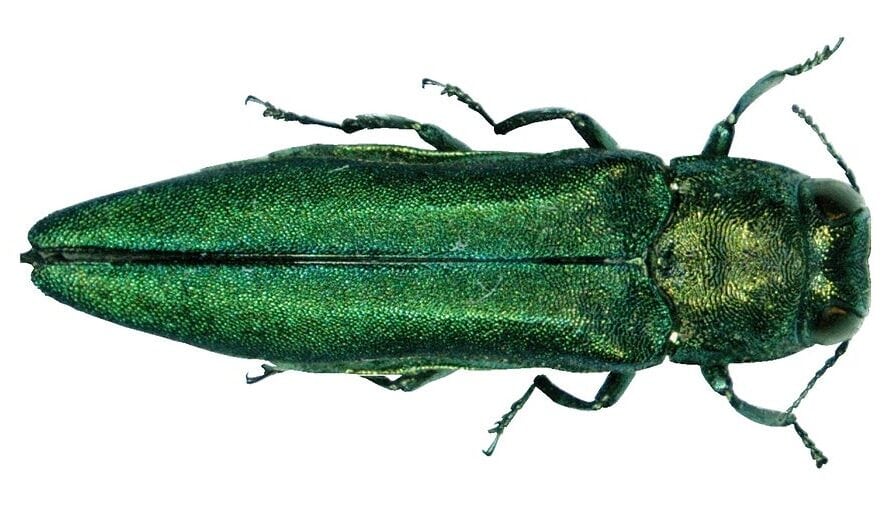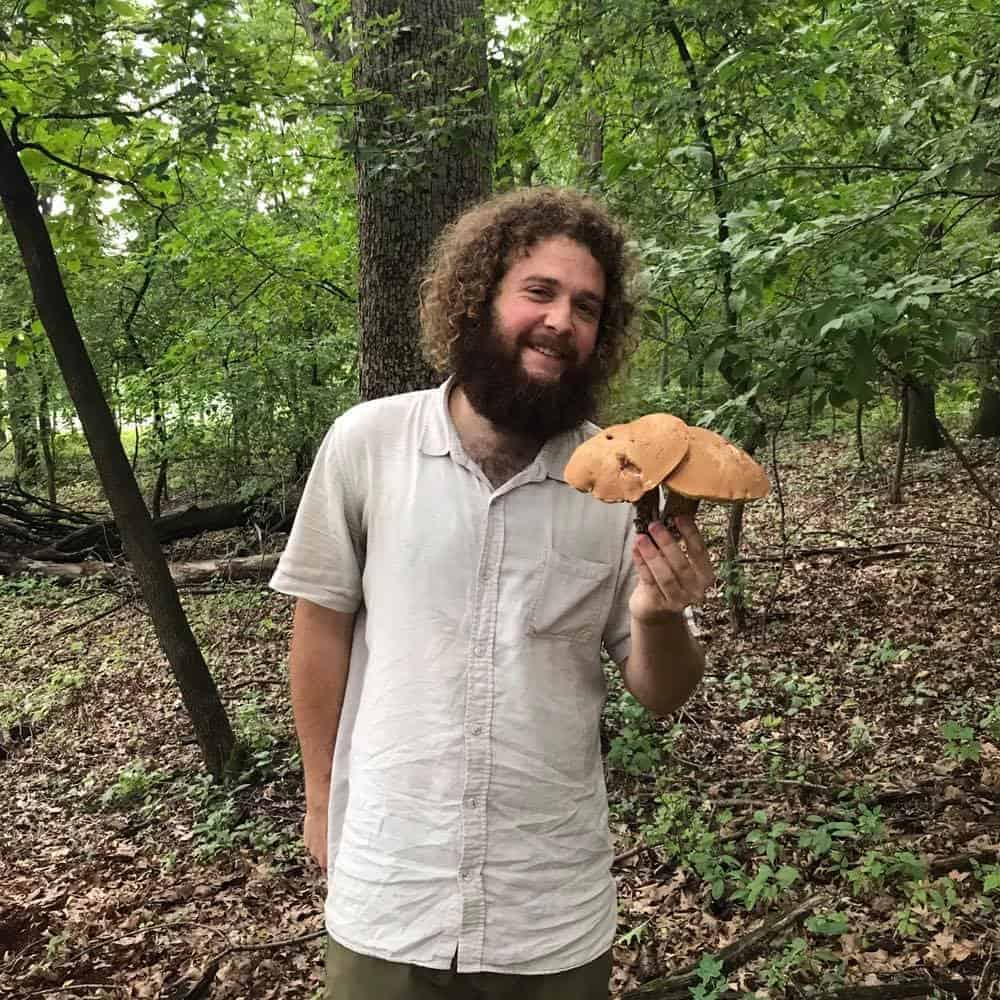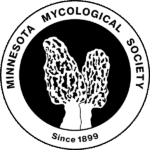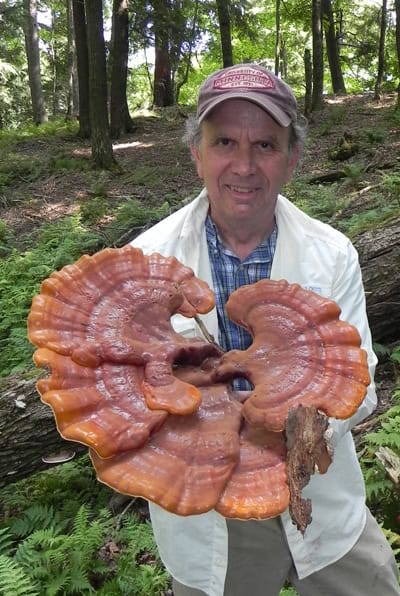Entomopathogens and Emerald Ash Borer
By Colin Peters, 2024 Graduate Scholarship Winner
It wasn’t until ash trees started dying around the Twin Cities that I really learned to appreciate them. Yet another tragic case of “you don’t know what you’ve got until it’s gone,” I suppose.
The Ash is a tree that can tolerate nearly any adverse conditions in which we might to plant it, growing strong and steadily. It provides shade in the summer and magnificent fall colors, in the case of white ash (Fraxinus americana). It’s not a surprise that in the wake of Dutch elm disease many municipalities opted for such a reliable replacement tree. Ash now comprises up to 25% of the urban canopy in some parts of Minnesota. What’s more, northern Minnesota boasts the largest population of black ash (Fraxinus nigra) in the entire United States. All told, there are an estimated one billion ash trees in Minnesota, each one precariously perched on the precipice of imminent doom – the emerald ash borer.

Pennsylvania Department of Conservation and Natural Resources – Forestry Archive, CC BY 3.0 US,
via Wikimedia Commons
Emerald ash borer (Agrilus planipennis) – or EAB – is an invasive wood-boring beetle from eastern Asia, introduced to southeast Michigan via infested shipping material where it was first detected in 2002. Since then, the beetle has aggressively spread across North America to a confirmed 36 US states and 5 Canadian provinces. It has already killed tens of millions of trees.
Where the EAB Hangs Out
EAB spends most of its life beneath the bark of a tree as a larva, feeding on the nutritious cambium and phloem, leaving behind a maze of serpentine tunnels known as “galleries.” This feeding disrupts the water/nutrient transport system inside the tree, which normally connects the roots to the canopy. Without that connection, the leaves don’t receive water and the roots don’t receive sugar. As the number of larvae inside a tree builds over the course of several years, that root-canopy connection becomes completely severed and the tree dies. This feeding damage is not the only contributing factor toward the death of ash trees, however.
Wouldn’t you know it – fungi are joining in on the feeding frenzy.
As EAB carves out its galleries under the bark, it is bringing along spores of decay and canker fungi which help to speed the tree along toward its demise. There are other, potentially more beneficial fungi which have been found to also associate with EAB and which show promise in their ability to kill the beetle itself – the entomopathogens.
Could Fungi be the Answer to the EAB Problem?
These entomopathogens are the focus of my studies at the University of Minnesota, where I am advised by Prof. Robert Blanchette. The ultimate goal of my research is to develop an effective biological control for EAB using these native entomopathogenic fungi. We are testing various field application methods for deploying these fungi.
One method we are investigating is using traps (autodissemination devices) that coat EAB in entomopathogen spores and allow for the beetles to spread spores to one another through mating. We want to know if using these autodissemination devices will reduce the rate of population growth for EAB, as well as if these devices will help to prolong the life of nearby ash trees.
Another method we are testing is injecting entomopathogens into ash trees. Some of these fungi are capable of living inside ash trees as endophytes, where they are not known to cause any harm to the plant but could still potentially infect an unsuspecting EAB larva looking for a meal. If these approaches prove effective, then fungi would be a valuable addition to the land manager’s toolbelt in the fight against EAB.
Visit a Black Ash Marsh
If you have never experienced a black ash marsh, I would highly recommend visiting one – and soon. The moist, rich soil is like a saturated sponge beneath your feet; pools of clear standing water interrupted only by the mounded root flares of towering black ash, to which mosses and ferns cling for support. They are vibrant places, teeming with life. I realized just recently while out foraging that by jumping from ash to ash, I was able to navigate a black ash marsh while keeping my feet dry. I couldn’t help but reflect on how EAB is destroying these trees which allow us to navigate such inaccessible wild areas. Without ash, how will we know where to step out in nature? Perhaps fungi can help to show the way.
About Colin Peters



